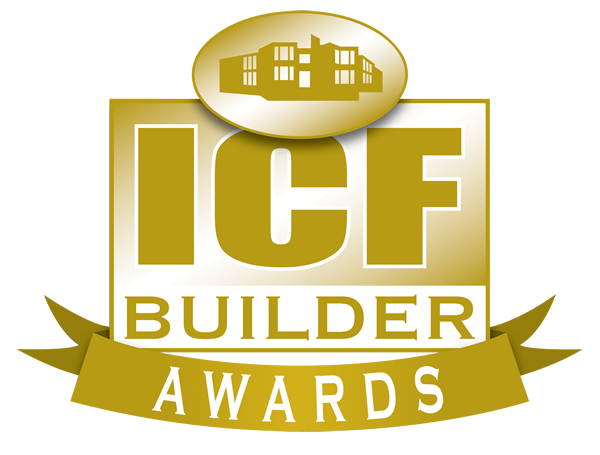
2016 Light Commercial Winner
ICF use is well-established in Arizona, and church construction played an early role in driving commercial market growth in the area, with more than a dozen ICF religious buildings completed in the region.
So when the Society of St. Pius X, a conservative offshoot of the Catholic Church, made plans for the 21,000 -sq.-ft. Our Lady of Sorrows church in Phoenix, it was no surprise they chose to use this cutting-edge material.
Although the church uses the very latest building techniques and materials in construction, the architecture harkens to centuries past. It’s laid out with the traditional cruciform floor plan, arched windows, and mission-style finishes that have characterized religious architecture in the Southwest for hundreds of years.
The design called for a considerable amount of formwork—32,000 sq. ft., including 4,750 sq. ft. of interior walls as well as EPS underslab insulation—along with tall walls, large arches, radius segments, and an ICF bell tower soaring 70 feet above grade.
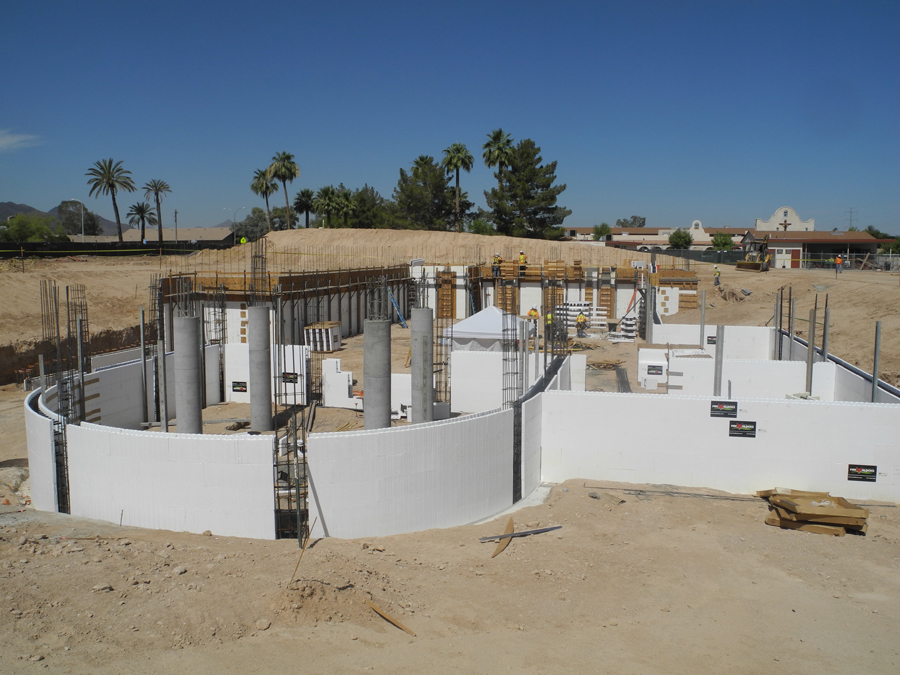
The complex project included arched windows set into a radius wall supported by pilasters.
Obviously, it would be a large and complex ICF project; DNG Construction was selected as general contractor based on their track record on similar jobs. ICF Specialist, a well-known commercial ICF subcontractor, did the actual install. Fox Blocks got the nod as the block of choice, as it is molded locally, and is one of the few brands available in the 12” core width this project called for. (These blocks would also be converted into custom 17″ wide taper-top ICFs to support the precast concrete main floor.)
Completed in July 2015, the project is notable not only for the degree of complexity involved, but for its sustainable design and affordable price point.
The numerous arched windows on all sides of the building reduce the need for artificial lighting. Where additional light is needed, low voltage LED fixtures were installed.
Rod Fetters of ICF Specialist says, “This project, though not certified officially by LEED, would qualify easy for a gold rating.” To stay cool in the extreme heat of the long Phoenix summers, it has a extensive basement. About 9,000 sq. ft. of the total 12,308 sq. ft. footprint are underground to take advantage of the steady, cool temperatures. The large excavation (90% of the entire building footprint) did add to the challenge of pour days, since pump trucks and other equipment had to set up well away from the building and have a larger reach than usual.
Fetters says, “Another interesting feature in the basement was the crypt. This feature is a lost item in most Catholic churches due to the extra cost in construction, but by already having the full basement it was a relatively inexpensive add-on.”
Due to the size of the building and the height of the freestanding walls, engineers called for three different core sizes of ICF, and the rebar schedule changed frequently. Fetters says, “The heaviest rebar schedule had to be the built-in ICF safe: number five rebar at four-inches-on-center both ways with the same mat for top and bottom. I hope they never lose the combination!”
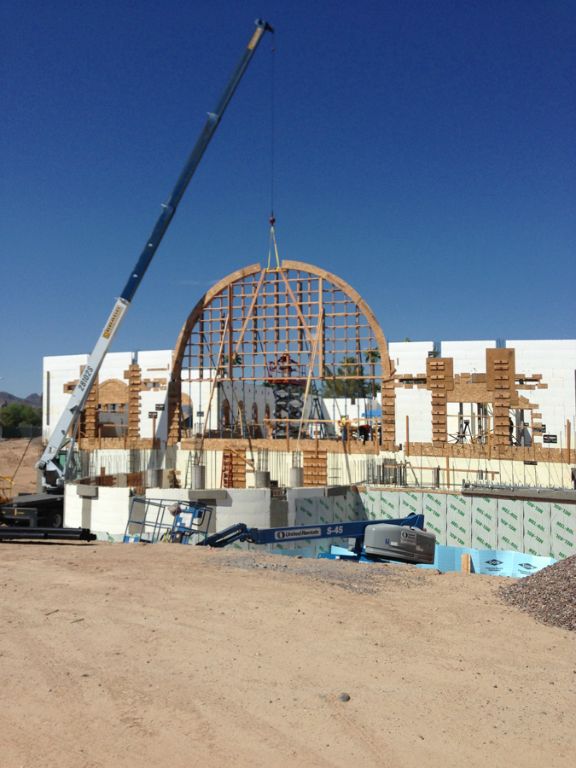
Separating the chancel from the nave, this interior ICF arch spans 40 feet wide and soars 35 feet over the heads of parishioners. Supporting pilasters were made by replacing the foam with plywood slip forms.
The ICF walls are also interrupted at regular intervals by huge pilasters to help support the load. These were formed by stripping off the foam sidewalls in those locations and using plywood screwed to the webs to form a column five inches wider than the core.
Once out of the basement, other complexities surfaced, including what Fetters terms “the St. Louis Arch.” Spanning 40 feet and reaching nearly 35 feet high, this ICF arch is not visible from the exterior. It’s an interior feature that soars above the heads of parishioners, supporting the roof and separating the chancel from the nave. The spec called for intense amounts of reinforcing steel, numerous embeds, and a 13” solid concrete beam across the entire lower part of the arch.
“We built the complete wood formwork with bracing in place on the ground and then craned it into place,” says Fetters. “This was fastest—it probably saved three days—but most of all the safest way to construct the arch”.
The shape of this enormous arch is echoed in all the other window and door openings, and the ground level contains dozens of these, including five that are set into a semicircular tall wall behind the altar, and two at the end of each transept that measure more than 16 feet tall.
The upper level walls appear to float on massive steel I-beams, and are punctuated by even more arched windows which provide clerestory lighting. Finally, a Catholic church wouldn’t be complete without a round window, and Our Lady of Sorrows has a six-and-a-half-foot diameter rosary window in the east end, pouring morning light over the alter and choir area. All of the bucks were site-made with LVL and removed when the concrete cured.
Fetters says, “With regular masonry techniques these arched windows are impossible or very expensive to achieve. However, with ICFs it basically takes just a little craftsmanship and some form boards to achieve a true concrete arched opening.” He reports that, “The window company was amazed how exact the tolerances were met for the installation of windows.”
“A building of this magnitude has so many interior ICF walls that communicating with and keeping track of personnel is a challenge,” he continues. “We overcame this obstacle by using radio devices and signals to efficiently keep at the intense schedule.”
They also pushed the pour days to the limit. “We kept on schedule due to the ability to pour 15’ lifts with the tall wall Giraffe bracing,” he says. “We also incorporated our own patented tall wall climbing scaffolding, which allows other trades to work below when the schedule is compressed.
The bell tower is another outstanding architectural feature. “It is the first thing the members of the church and the community notices,” he says. It doubles as an elevator shaft, so it was built with CMU for fire code reasons, and then surrounded by ICF. “To give it some old fashioned style, the corners near the top of bell tower were 45’d,” he says. These were formed by using Fox’s standard 45 degree corner blocks instead of the regular 90s.
With the ICF walls in place, the steel moment framing was craned into place. Thanks to a significant amount of painstaking work with PLS and other lasers at every turn, “Everything was dialed in perfectly,” Fetters says.
Surprisingly, Fetters says the most challenging part of the build wasn’t the 70-foot bell tower, the 40-foot arch, or the schedule. “It was actually crafting a solid concrete 17” curb ledge out of the 12” core Fox Block,” he says. This had to be accomplished to create the ledge that supports the precast concrete flooring system in the main worship area.
For obvious reasons, this church received many site visits from local contractors, architects and structural engineers.
Fetters concludes, “ICF is finally getting some big legs and crawling into the minds of everyone involved in new projects. This church, along with others in the Southwest area, keeps reinforcing the advancements made by the ICF industry. Every time we go tall with the bell towers or big arches they gain immediate public attention and we start receiving phone calls about ICF construction.”
Project Statistics
Location: Phoenix, Ariz.
Type: Catholic Church
Size: 21,300 sq. ft. (floor)
ICF Use: 37,000 sq. ft.
Cost: $3.7 million
Total Construction: 16 months
ICF Installation time: 80 days
Construction Team
Owner: Society of Saint Pius X
General Contractor: DNG Construction
ICF Installer + Form Distributor: ICF Specialist
Architect: Laszlo Kovacs, Architect
Engineer: Beauchamp Engineering
ICF System: Fox Blocks
Fast Facts
• Lots of arches; the largest spans 40 feet
• Radius tall walls
• Bell tower rises to 70 feet
• Tight rebar (4″ o.c.)
• Poured in 15-foot lifts
2016_Project_Profile_Our_Lady_10
Factory-formed 45-degree corner blocks simplified construction at the top of the bell tower.
2016_Project_Profile_Our_Lady_13
The embedded steel weld plates for the steel roof trusses were perfectly located, as were the many arched clerestory windows.
2016_Project_Profile_Our_Lady_19
The complex project included arched windows set into a radius wall supported by pilasters.
2016_Project_Profile_Our_Lady_18
Separating the chancel from the nave, this interior ICF arch spans 40 feet wide and soars 35 feet over the heads of parishioners. Supporting pilasters were made by replacing the foam with plywood slip forms.
Like what you read?
Yearly Subscriptions Starting @ $30

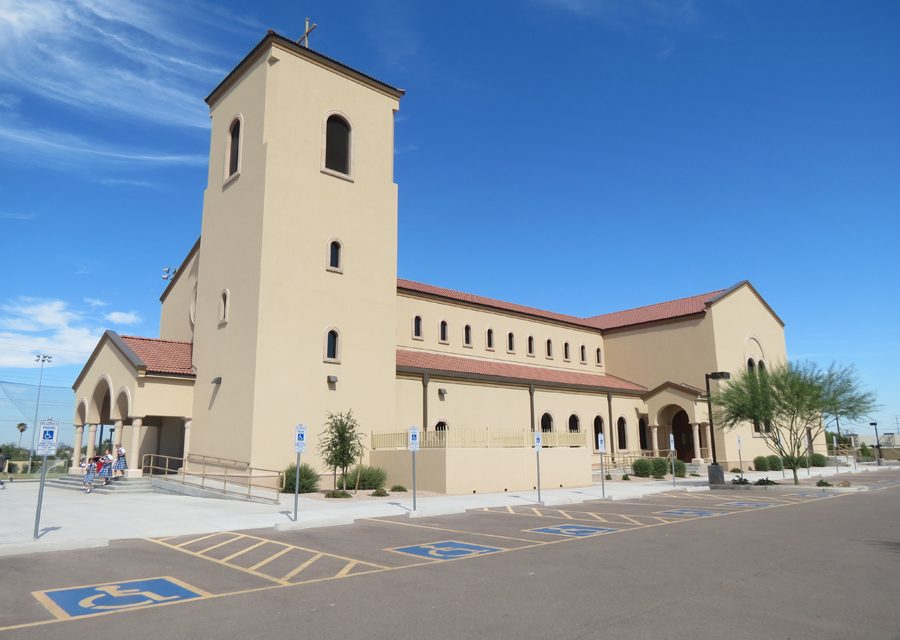
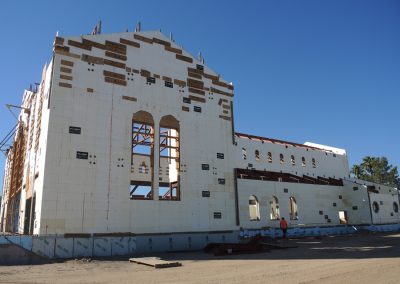
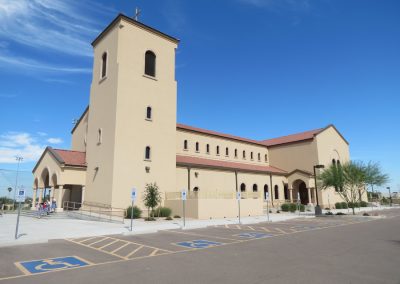
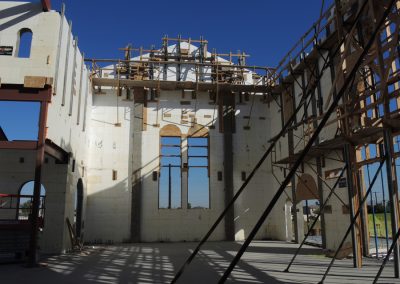
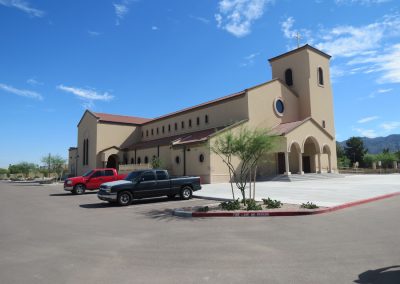
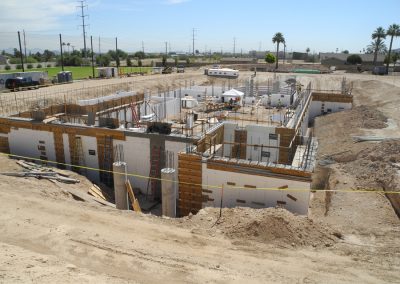
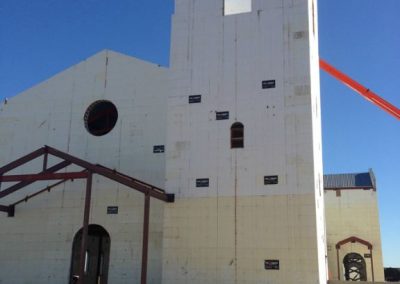
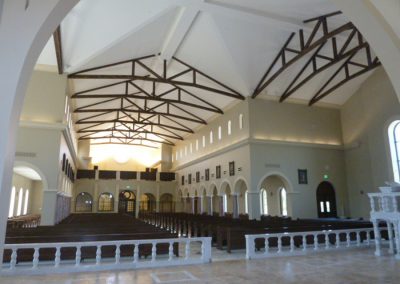
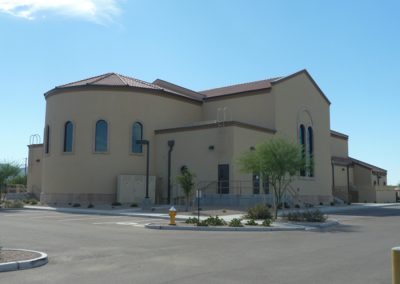
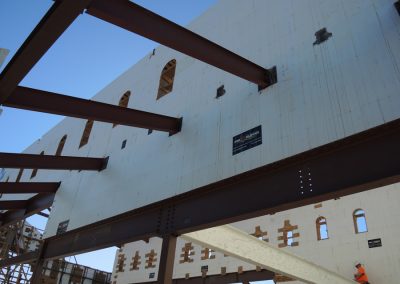
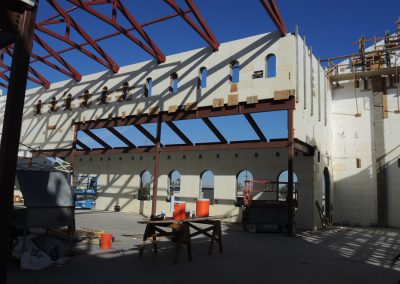
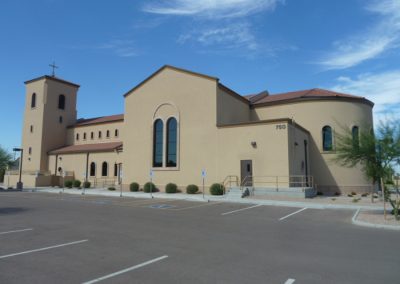
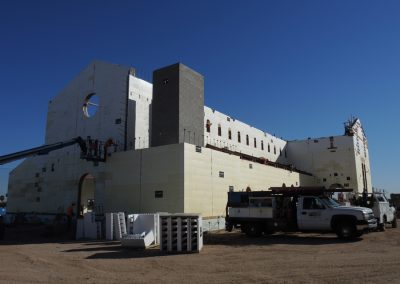
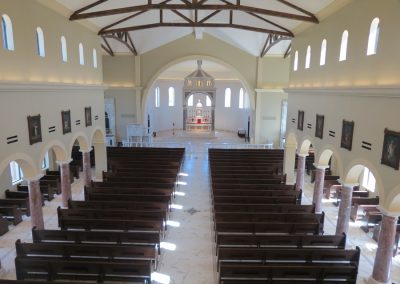
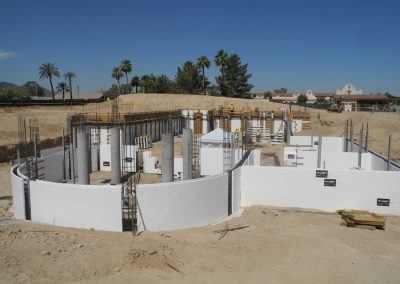
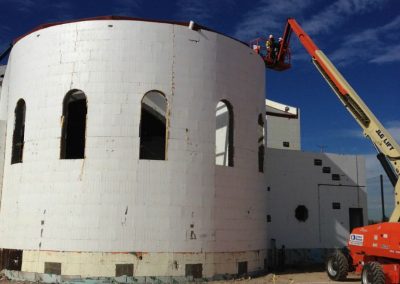
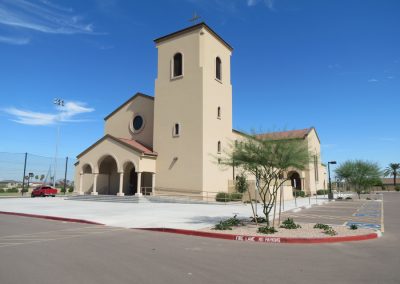
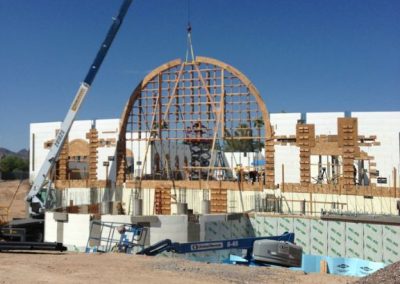
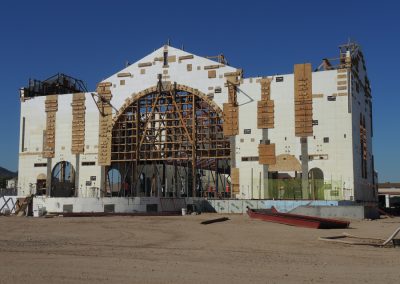
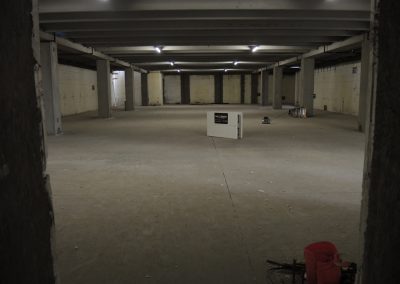
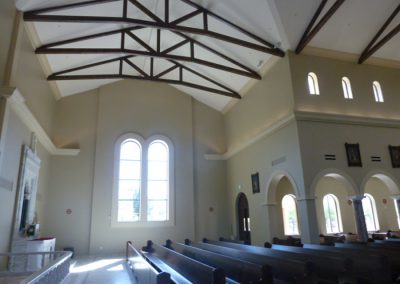

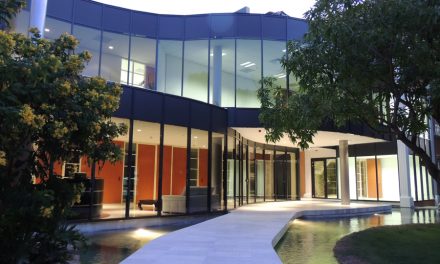
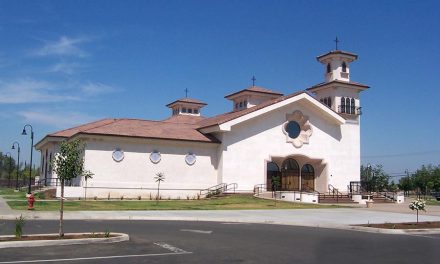
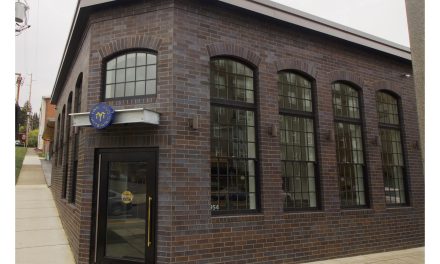
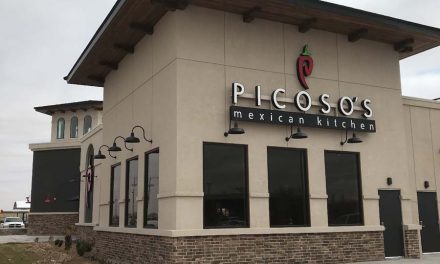







0 Comments